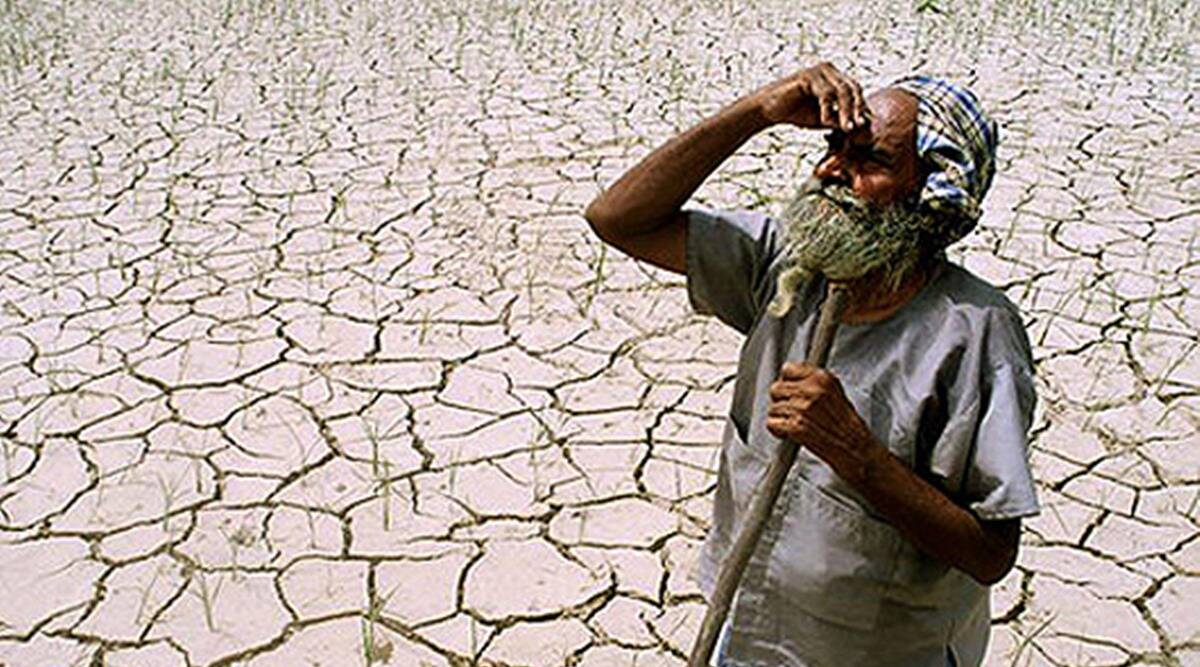Drought is a severe environmental issue that affects millions of people around the world. It is a prolonged period of dry weather that can have devastating consequences on agriculture, natural ecosystems, and human settlements. Drought is caused by a combination of natural factors such as low precipitation, high temperatures, and high winds, as well as human activities such as overuse of water resources and climate change. In this blog, we will discuss the impacts of drought and the measures that can be taken to mitigate its effects.
Impacts of Drought:
Agriculture: Drought has a significant impact on agriculture as it can lead to crop failures, soil degradation, and water scarcity. Farmers may lose their crops, livestock, and income, and food prices may rise due to reduced supply.
Water resources: Drought can cause a significant reduction in water resources, such as rivers, lakes, and groundwater. This can lead to water scarcity, which can affect drinking water supplies, irrigation, and hydroelectric power generation.
Natural ecosystems: Drought can cause significant damage to natural ecosystems, such as forests, grasslands, and wetlands. It can lead to the loss of biodiversity, soil erosion, and the spread of invasive species.
Human settlements: Drought can affect human settlements by reducing access to water, food, and electricity. It can also lead to the displacement of people, as they may need to move to areas with better water resources.
Measures to mitigate the effects of Drought:
Water conservation: Water conservation measures, such as rainwater harvesting, water reuse, and water-efficient practices, can help to reduce the impact of drought on water resources.
Drought-resistant crops: Farmers can use drought-resistant crops that are adapted to low-water conditions to reduce the impact of drought on agriculture.
Forest and land management: Forest and land management practices, such as reducing deforestation, can help to maintain the health of natural ecosystems and reduce the impact of drought.
Climate change mitigation: Mitigating climate change through measures such as reducing greenhouse gas emissions can help to reduce the frequency and severity of drought.
Early warning systems: Early warning systems can help to alert people and authorities about the onset of drought, allowing them to prepare and take appropriate action.
In conclusion, drought is a severe environmental issue that can have significant impacts on agriculture, natural ecosystems, and human settlements. To mitigate the effects of drought, it is essential to implement measures such as water conservation, drought-resistant crops, forest and land management, climate change mitigation, and early warning systems. By taking proactive measures, we can reduce the impact of drought and protect the environment and the well-being of people and communities.




